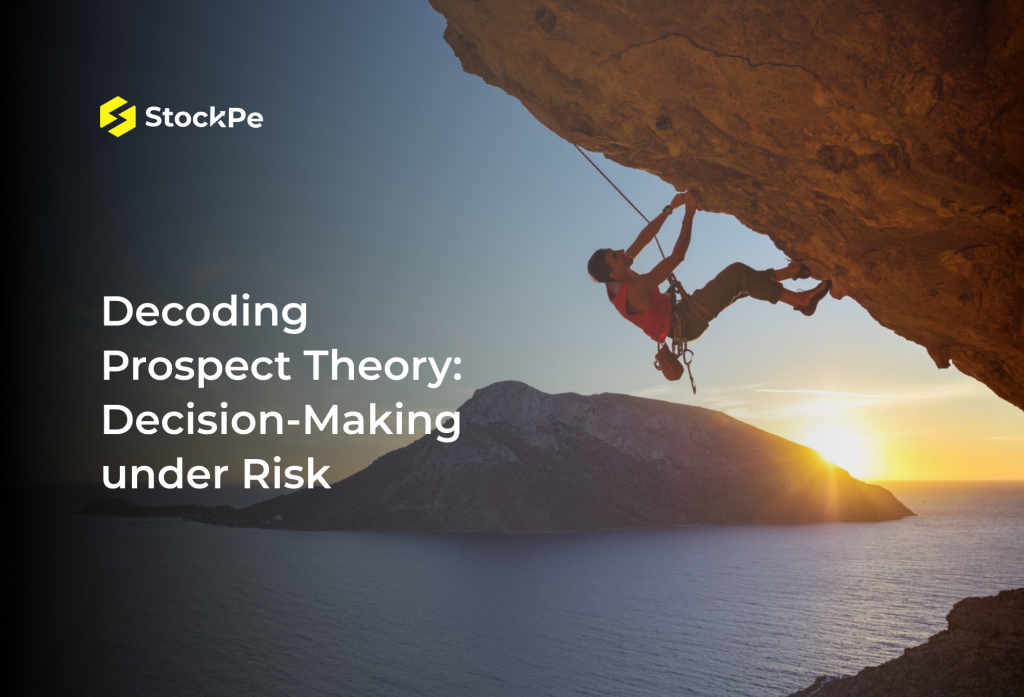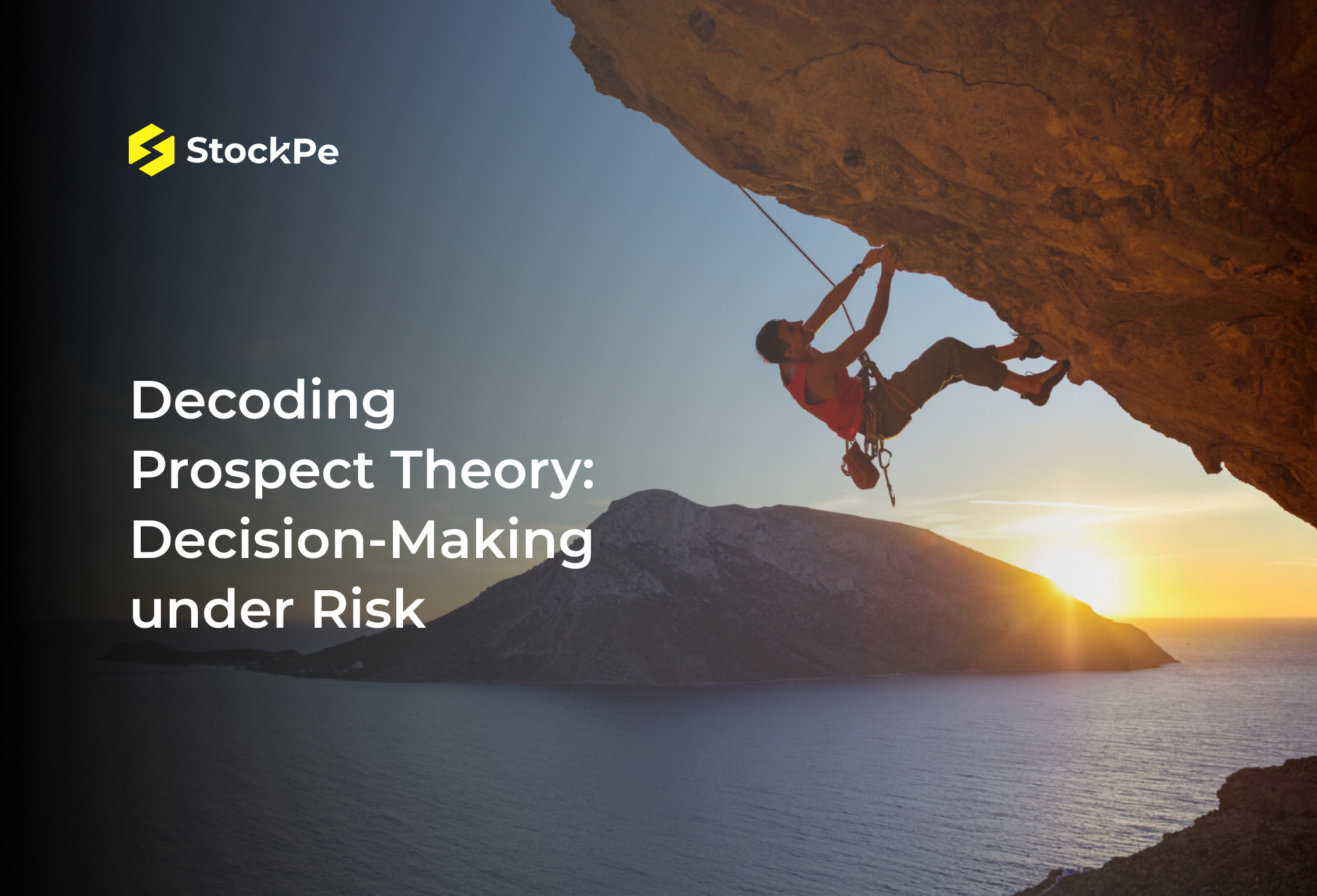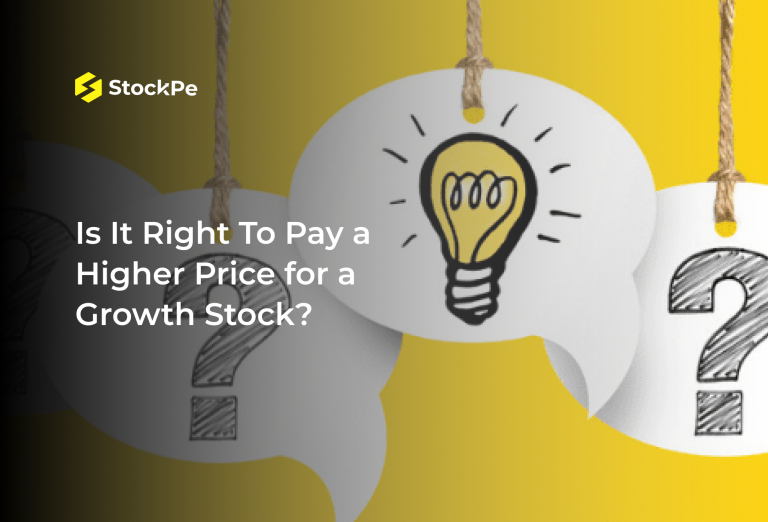A behavioural economic theory called prospect theory, created in 1979 by Daniel Kahneman and Amos Tversky, seeks to explain how people make decisions in risky situations. It questions the tenets of the conventional economic theory of rational choice, which holds that people always make decisions that maximise predicted benefit. Instead, Prospect Theory contends that individuals’ judgements are shaped by their personal assessments of advantages and losses and that they display a variety of systematic biases when assessing and balancing these prospects.
Contrary to the Prospect Theory, decisions are based on prospects, which are seen as possible profits or losses. People assess these possibilities using their personal “reference point,” which is a subjective benchmark. Numerous elements, such as past experiences, current conditions, and societal comparisons, might affect the reference point.

Prospect Theory states that people often take less risk when there are possible rewards and more risk when there are potential losses. It follows that avoidance of losses is valued higher than achieving equal profits. The “loss aversion” principle is the name given to this tendency. As a result, people frequently make decisions that prioritise avoiding losses, even if doing so means forgoing potential rewards.
The value function and the weighting function are two additional ideas that the prospect theory introduces to explain decision-making under risk. The value function describes how people evaluate wins and losses on an individual basis. It implies that as magnitude grows, people become less sensitive to changes in profits and losses. The marginal value of a gain or loss, in other words, declines as it increases in size. This process is referred to as “diminishing sensitivity.”
How people assign probability to various outcomes is addressed by the weighting function. According to the prospect theory, probabilities are not evaluated objectively but rather subjectively by people. People frequently overeat in low probability situations and undereat in high probability situations. As a result, they overestimate the likelihood of both likely and unlikely situations, respectively. “Probability weighting” is the expression used to indicate this bias.
The weighting function and value function work together to influence the decision-making process. When faced with a dangerous choice, people frequently weigh the subjective probability using the weighting function after applying the value function to gains and losses to assess prospective outcomes. The choice is made by comparing these evaluations to the reference point.
The prospect theory sheds light on a number of biases and phenomena that are seen when people make risky decisions. The endowment effect, for instance, which refers to people’s propensity to value things they possess higher than they would if they did not own them, is one example of how the theory contributes to understanding this phenomenon. This bias results from the fact that the reference point is tied to the person’s current possession.
The framing effect is another occurrence that Prospect Theory explains. When the same information is presented in different ways, for as by emphasising advantages or losses, people respond to it in different ways, which is known as the framing effect. People are more risk-averse when a situation is framed in terms of prospective rewards than they are when it is framed in terms of potential losses, and vice versa.
Prospect Theory has effects on marketing, pricing, and investment choices in the business world. Insights from the prospect theory can be used by businesses to comprehend consumer behaviour and create successful marketing efforts. For instance, consumers’ decisions might be influenced by presenting a product as a potential gain or highlighting prospective losses if the product is not purchased.
Prospect theory examples in business:
There are several business-related applications for prospect theory. Here are a few examples:
- Pricing tactics: According to the prospect theory, people are more sensitive to losses than benefits. This realisation can be used by businesses to define pricing options in a way that emphasises prospective losses. A discount or limited-time offer, for instance, can evoke a sense of possible loss if buyers choose not to take advantage of the offer.
- Marketing and Advertisement:Prospect Theory can help marketing and advertising campaigns by taking the framing impact into account. Companies might modify their messaging to highlight potential benefits or drawbacks of their goods or services. One way to sway a customer’s decision is by emphasising the advantages or dangers they stand to gain by picking a specific product.
- Investment Decision:Prospect Theory sheds light on how investors view gains and losses while making investment decisions. When faced with prospective losses, investors are more risk-seeking and less risk-averse than when considering benefits. When presenting investment prospects to potential investors and articulating the potential risks and benefits connected with the investment, businesses might take this into consideration.
- Programmes that offer rewards to loyal customers: Customers are more likely to value and be driven by avoiding losses than by achieving profits, claims the prospect theory. The development of customer loyalty initiatives can be aided by this understanding. For instance, offering incentives that are considered losses if not used (like expiring loyalty points) may inspire customers to take action and maintain their strong bond with the company.
- Risk management: Prospect Theory helps to understand how people perceive and respond to threats. Businesses can utilise this knowledge to develop effective risk management strategies. When communicating potential risks to stakeholders, for instance, putting them in terms of probable losses can help convey the seriousness of the situation and encourage appropriate risk mitigation steps.
These examples show how Prospect Theory may be used to analyse pricing, marketing, investments, consumer behaviour, and risk management, among other business-related topics. Businesses can modify their tactics to better match client tastes and behaviour by optimising their strategies and recognising the biases and decision-making tendencies of those who are at risk.
Furthermore, by identifying how people view and react to hazards, prospect theory sheds light on investing choices and risk management. This information aids in the effective communication of potential hazards and the development of mitigation plans by firms.
In the final analysis, Prospect Theory offers a paradigm for comprehending risk-averse decision-making. It draws attention to the significance of arbitrary assessments of wins and losses, as well as the prejudices people hold while assessing and balancing potential outcomes. Individuals and companies can make more informed choices that are consistent with human behaviour and preferences by becoming aware of these biases.





